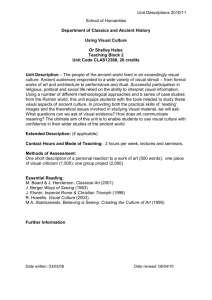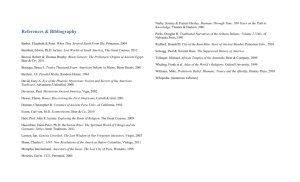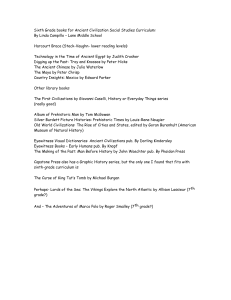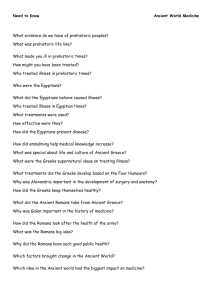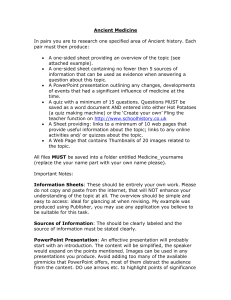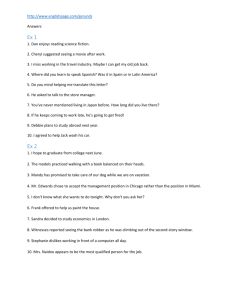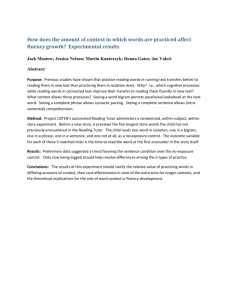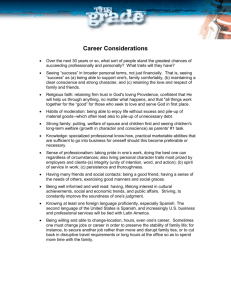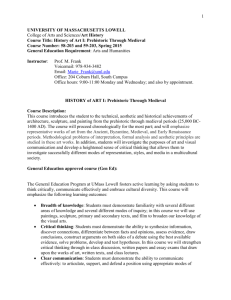Seeing and Knowing: Prehistoric Ceramics in East Asia
advertisement
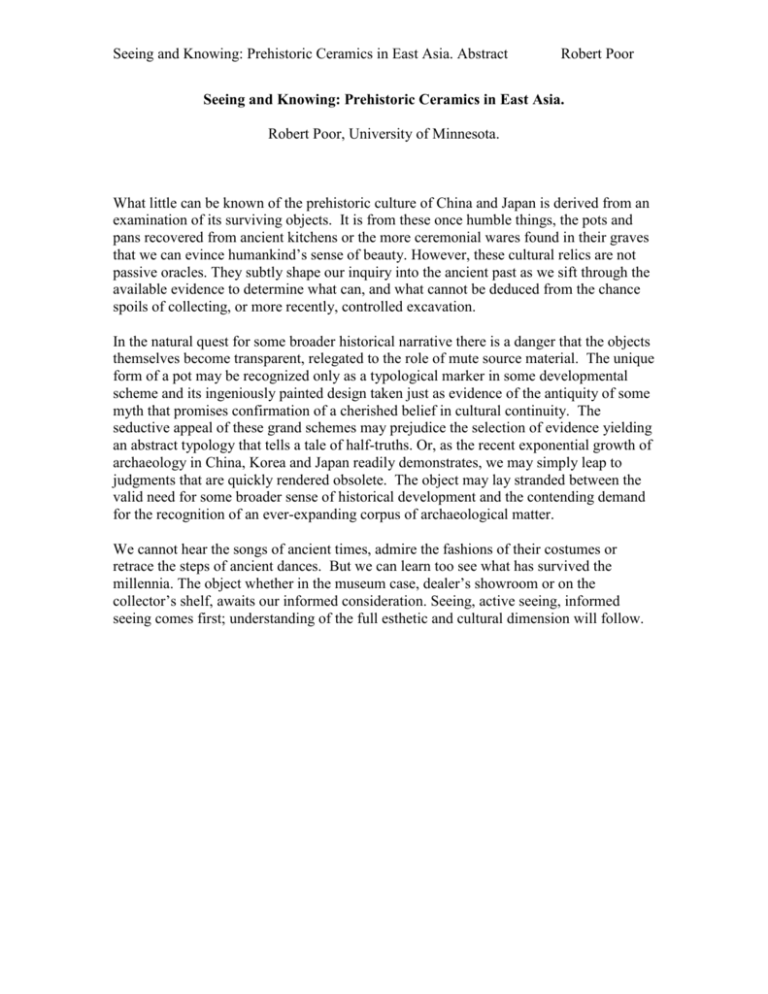
Seeing and Knowing: Prehistoric Ceramics in East Asia. Abstract Robert Poor Seeing and Knowing: Prehistoric Ceramics in East Asia. Robert Poor, University of Minnesota. What little can be known of the prehistoric culture of China and Japan is derived from an examination of its surviving objects. It is from these once humble things, the pots and pans recovered from ancient kitchens or the more ceremonial wares found in their graves that we can evince humankind’s sense of beauty. However, these cultural relics are not passive oracles. They subtly shape our inquiry into the ancient past as we sift through the available evidence to determine what can, and what cannot be deduced from the chance spoils of collecting, or more recently, controlled excavation. In the natural quest for some broader historical narrative there is a danger that the objects themselves become transparent, relegated to the role of mute source material. The unique form of a pot may be recognized only as a typological marker in some developmental scheme and its ingeniously painted design taken just as evidence of the antiquity of some myth that promises confirmation of a cherished belief in cultural continuity. The seductive appeal of these grand schemes may prejudice the selection of evidence yielding an abstract typology that tells a tale of half-truths. Or, as the recent exponential growth of archaeology in China, Korea and Japan readily demonstrates, we may simply leap to judgments that are quickly rendered obsolete. The object may lay stranded between the valid need for some broader sense of historical development and the contending demand for the recognition of an ever-expanding corpus of archaeological matter. We cannot hear the songs of ancient times, admire the fashions of their costumes or retrace the steps of ancient dances. But we can learn too see what has survived the millennia. The object whether in the museum case, dealer’s showroom or on the collector’s shelf, awaits our informed consideration. Seeing, active seeing, informed seeing comes first; understanding of the full esthetic and cultural dimension will follow.

